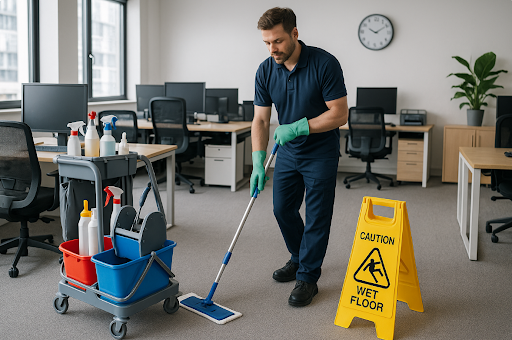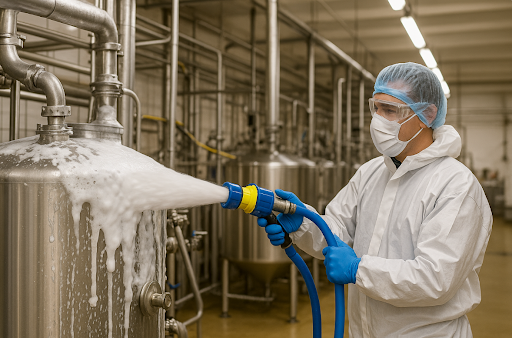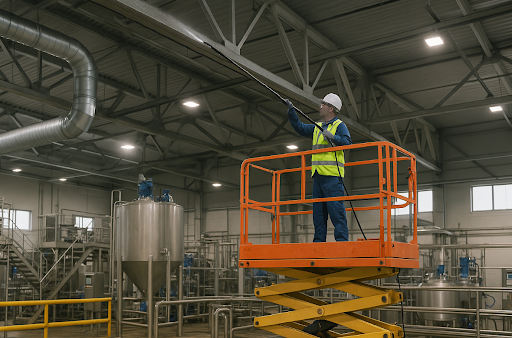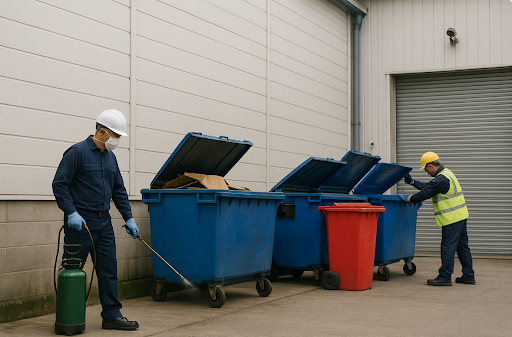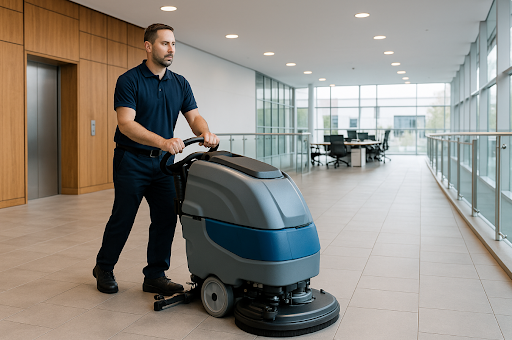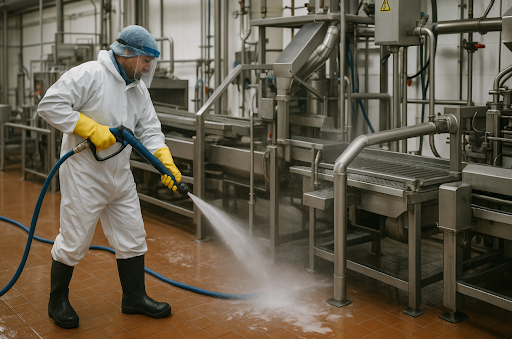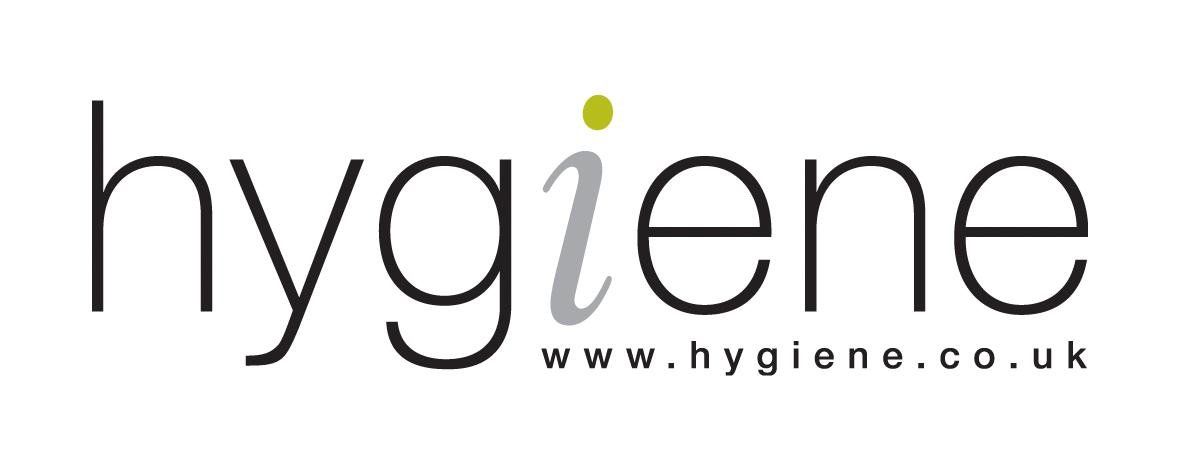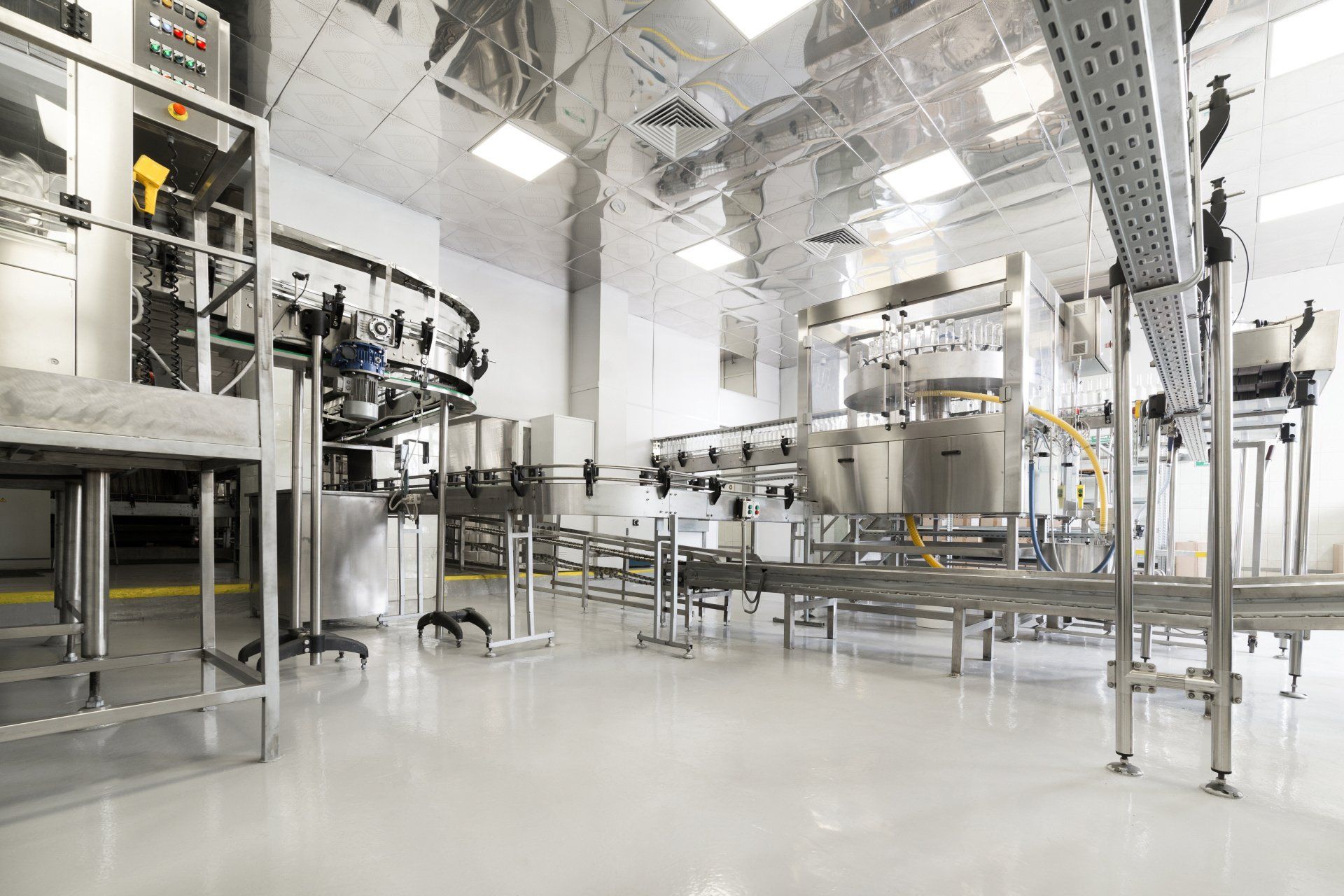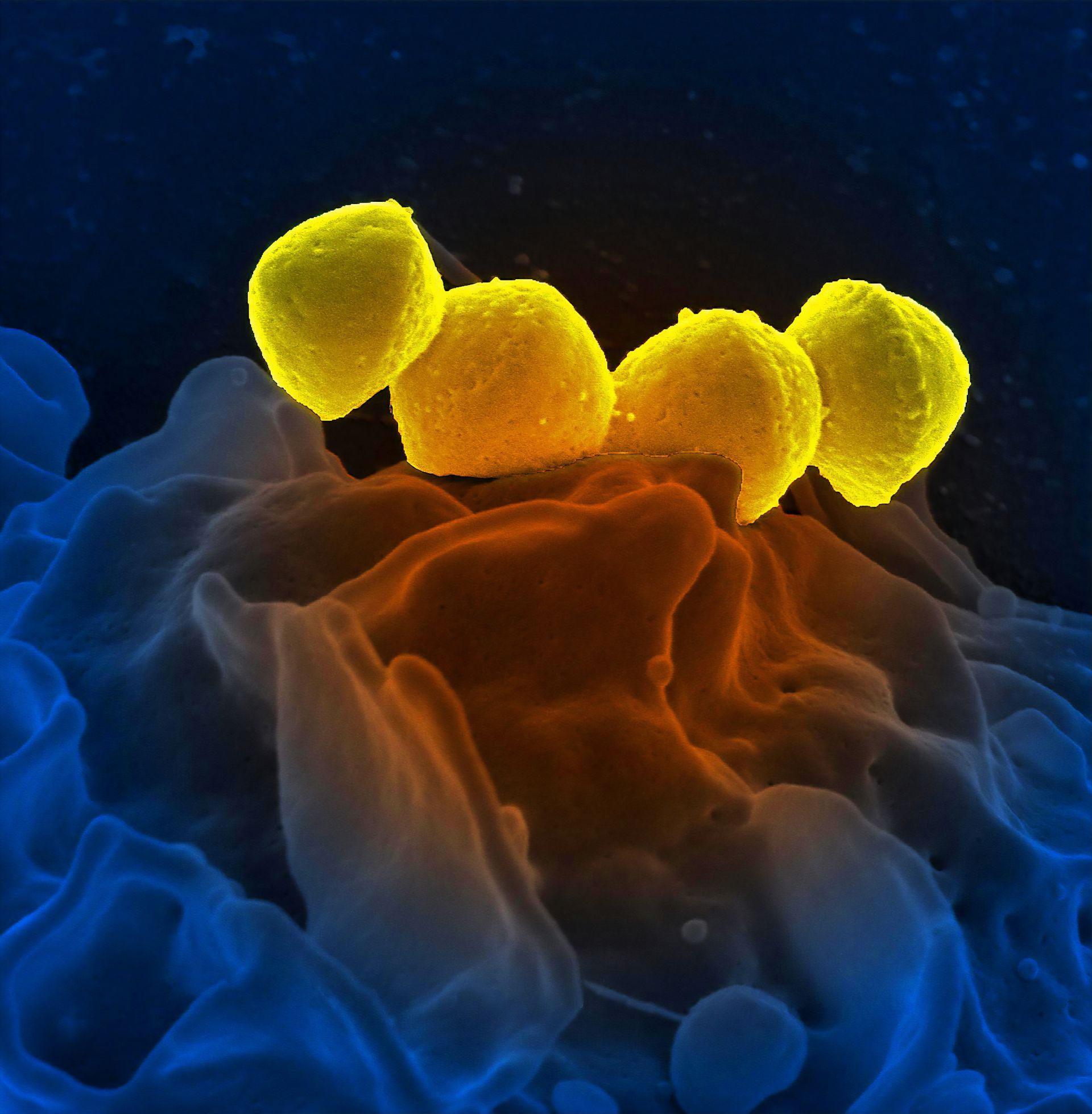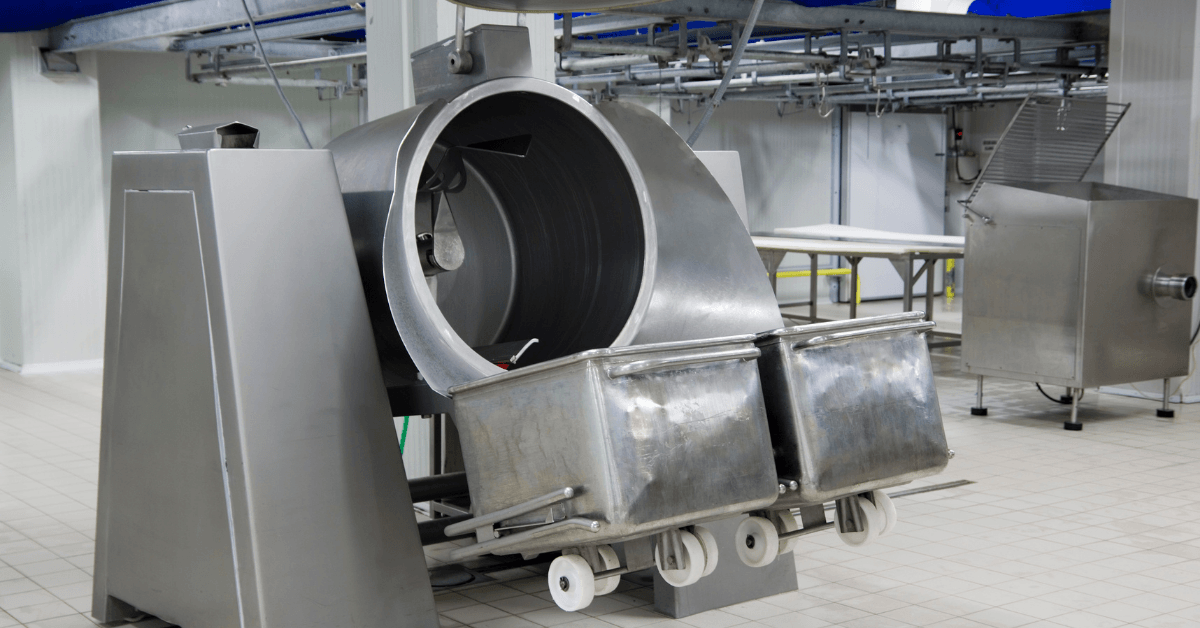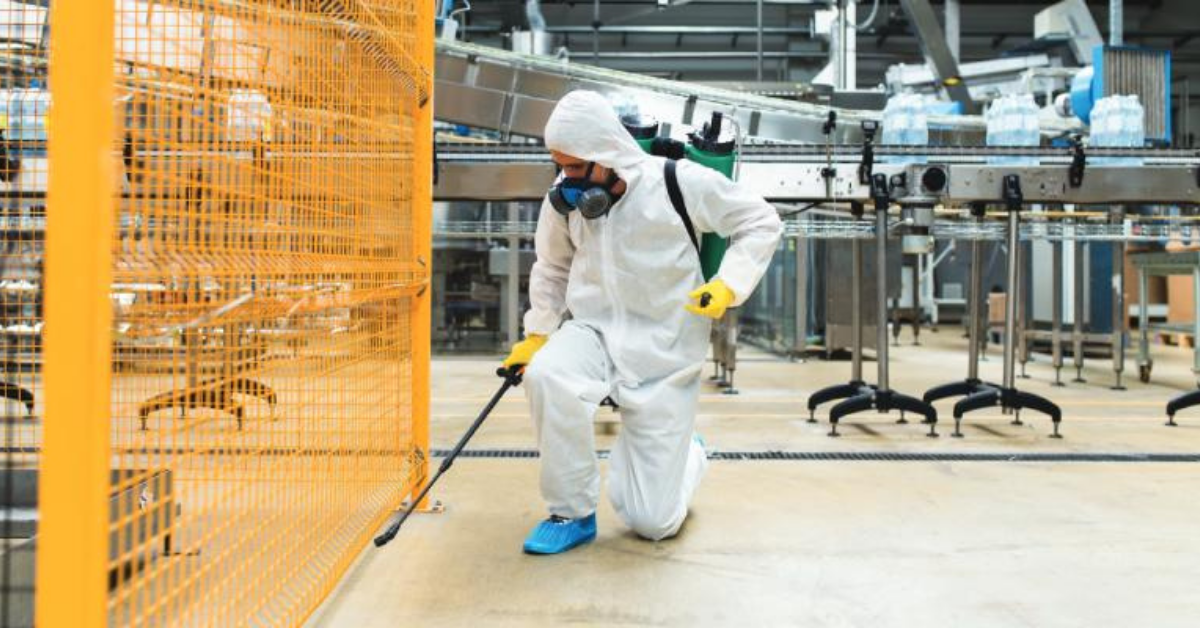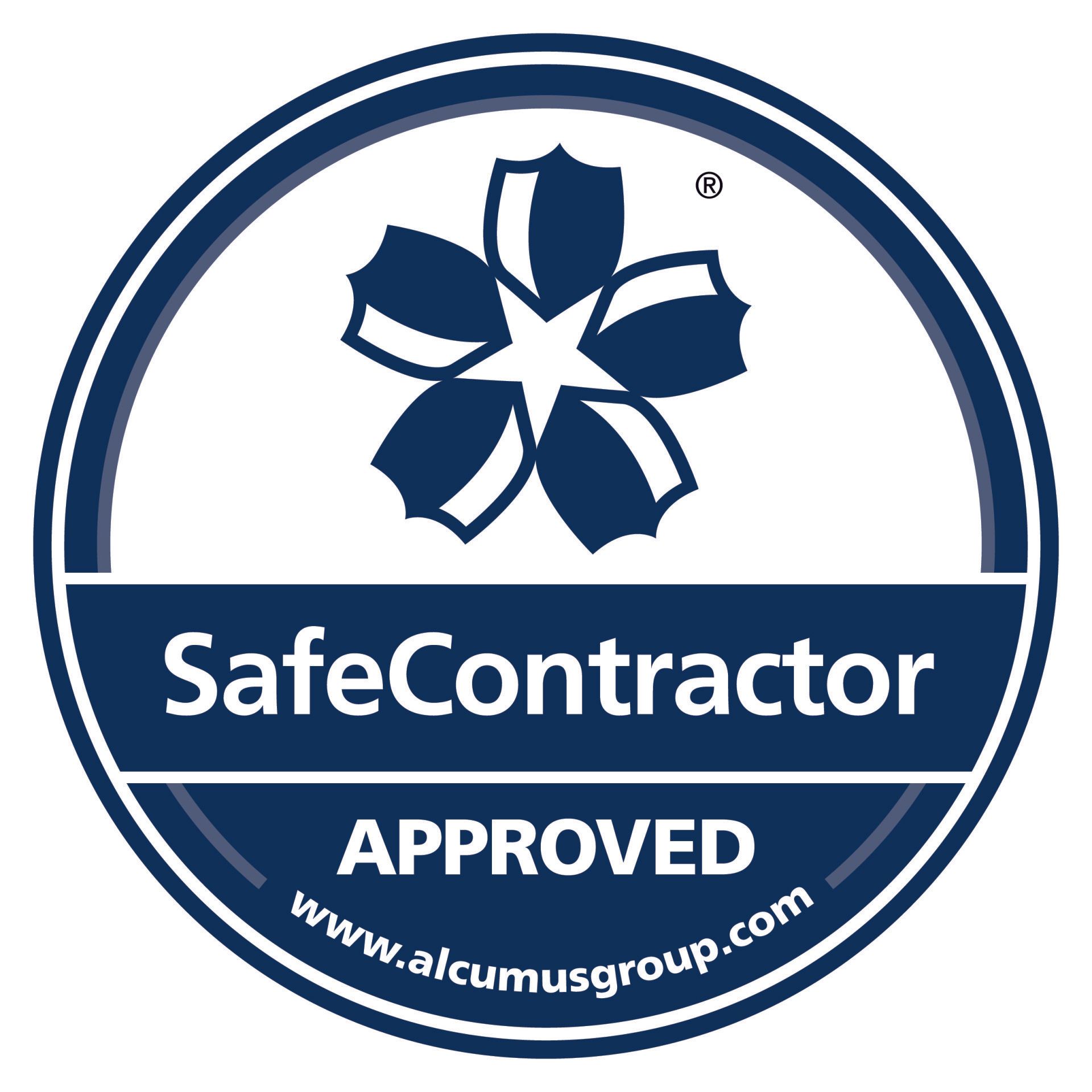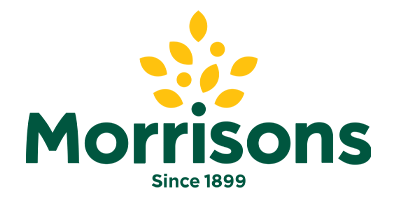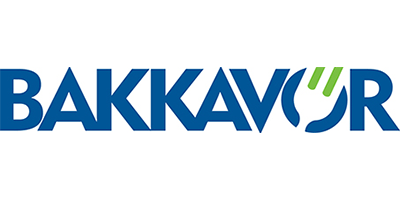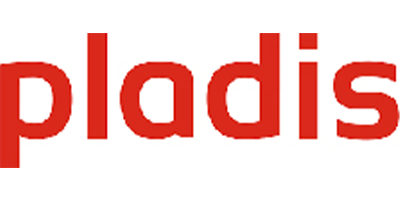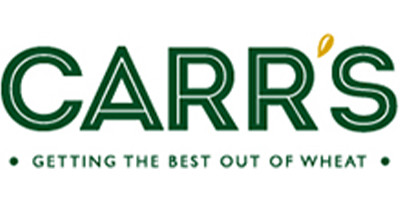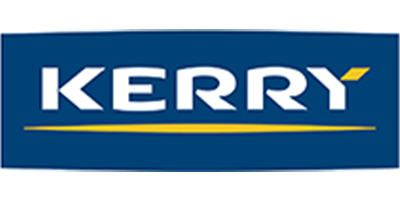Maintaining Hygiene in Food Processing vs. Pharmaceutical Facilities
How do you ensure a food plant and a pharmaceutical manufacturing site stay impeccably clean yet require vastly different hygiene regimes? While both industries demand uncompromising standards, the nature of risk, regulation, and cleaning execution diverges sharply. In this comparative guide, we unpack those distinctions and explain how professional hygiene services make compliance sustainable and confident.
Shared foundations—and why they diverge
At the heart of both sectors lies a common goal: to remove contaminants, prevent cross-contamination, and validate outcomes. But the how is where paths split:
- Soil profile: In a food processing plant, soils may include fats, sugars, starches, proteins, allergens, and microbial residues.
- In a pharmaceutical facility: Contamination can also be chemical residues, active ingredients, solvents, or trace particulates.
- Risk magnitude: A misstep in food hygiene can lead to spoilage, recalls, or foodborne illness. In pharma, it may cause dosage errors, cross-activity, or regulatory rejection.
Your cleaning regime must adapt to bridge that gap. Your provider must understand the dynamics of food and beverage cleaning services and pharmaceutical hygiene services in the UK.
Food processing: balancing throughput and safety
In food plants, production is continuous or tightly scheduled. To support this, cleaning must be efficient and verifiable.
- Allergen controls: Between product runs, line changeovers require rigorous flushing, swabbing, and documented protocols to prevent allergen carryover.
- Microbiological risk: Pathogens like Listeria, Salmonella, or E. coli require defined contact times and disinfectants.
- Clean-in-place (CIP) and foam cleaning: Foam systems allow controlled dwell, better coverage on vertical surfaces, and easier verification.
- Shutdown and deep cleans: During downtime, full machine stripouts, conveyor disassemblies, and drain and gutter cleaning are scheduled.
- Verification: ATP swabs, protein tests, microbial plates, and visual audits validate the results.
Hygiene Group’s food & beverage cleaning services model this approach—delivering changeover cleans, routine maintenance, and bespoke programmes across food production and distribution.
Pharmaceutical production: controlled zones and validated purity
Pharma manufacturing takes cleaning to a new level of precision.
- Cleanroom classification: Many areas operate under ISO 14644 or GMP zones where airborne particulates, cross-contamination, and residue limits are tightly controlled.
- Cleaning validation: Every cleaning method must be validated—i.e. showing that residue is below acceptable limits after cleaning. This typically involves swab sampling, solvent recovery, and chemical analysis.
- Line clearance procedures: Before a product switch, lines must undergo a formal clearance process with visual inspection, swabs, and change control.
- Compatible chemicals: Cleaning agents must be compatible with equipment and materials (e.g. stainless steel, elastomers) and must leave negligible residue.
- Documented SOPs and audits: Every step is recorded; an audit trail is essential.
Hygiene Group provides pharmaceutical cleaning services to manage residue control, contamination risks, and compliance. Each programme reflects the sensitivity of each facility with proven cleaning practices.
Key Differences Between Food and Pharmaceutical Hygiene Practices
Although both sectors aim for contamination control and regulatory compliance, the nature of their risks, cleaning methods, and verification procedures differ significantly. Understanding these distinctions is essential for designing effective hygiene programmes that meet audit standards and keep operations running smoothly.
Soil and Contamination Types
Food processing environments typically deal with organic soils — such as proteins, fats, sugars, starches, and allergens — alongside microbial risks like Listeria or Salmonella. Pharmaceutical facilities, by contrast, focus on chemical residues, active ingredients, and particulate contamination, where even trace amounts can compromise product integrity.
Regulatory Standards and Risk Profile
Hygiene in food plants is driven by HACCP principles, food safety legislation, and third-party schemes like BRCGS. The priority is preventing microbial growth, spoilage, and allergen carryover.
Pharmaceutical cleaning operates under GMP and ISO 14644 cleanroom standards, with a sharper focus on validated cleaning processes, residue limits, and contamination control. A single failure here can lead to regulatory non-compliance, product recalls, or patient risk.
Cleaning Methods
Food environments rely on methods such as foam cleaning, Clean-in-Place (CIP), high-pressure washing, and scheduled deep cleans during changeovers or shutdowns. These methods efficiently target visible and organic residues.
Pharma cleaning involves wet wiping, solvent cleaning, and strictly controlled mechanical action, often in classified cleanrooms where air handling, surface finishes, and personnel protocols are tightly managed.
Validation and Verification
Verification in food settings usually involves ATP or protein swabbing, microbial testing, and visual inspection to confirm hygiene standards have been met.
Pharmaceutical sites use rigorous cleaning validation—chemical residue testing, swab recovery studies, and analytical methods like HPLC or TOC analysis—to prove surfaces meet defined cleanliness specifications.
Operational Constraints
To minimise disruption, food plants often clean between production runs or during planned downtime.
Pharmaceutical facilities follow strict changeover and clearance procedures, with cleaning windows carefully controlled to avoid contamination during product switches or batch changes.
Challenges and solutions
1. Cross-contamination risk
- Food facilities often contend with allergens or raw ingredients; pharma must manage active ingredient migration.
- Solution: Robust line clearance and change control protocols.
2. Validation burden
- In pharmaceuticals, every cleaning method needs validation and repeated testing.
- Solution: A technical cleaning partner that designs cleaning protocols with validation built in.
3. Material compatibility and residue
- Chemicals used in pharma may require higher purity, lower residue, or compatibility with exotic materials.
- Solution: Custom chemical selection, rinse protocols, and material testing.
4. Operational disruption
- Both sectors must minimise downtime—food lines run tight, pharma batches are expensive.
- Solution: Detailed scheduling, shift coordination, and rapid but effective methods like foam or aerosol, where acceptable.
Why choose a dual-expert provider?
If your operations straddle or evolve between food and pharmaceutical domains—or you want confidence in a cleaning partner that can operate at both levels—you need credibility in both. A provider skilled in food processing plant cleaning and cleanroom cleaning, and pharmaceutical work brings these benefits:
- Cross-sector insight – learning from one sector often drives innovation in the other.
- Consistent audit readiness – your partner understands the demands of both regulators.
- Operational flexibility – you don’t need separate contractors when your asset mix changes.
Hygiene Group’s credentials, spanning over 35 years across the food and pharmaceutical sectors, provide a foundation of trust and technical depth.
How to engage with hygiene professionals
- Conduct a gap assessment: Review your current cleaning regime vs. regulatory and audit expectations.
- Define critical zones: Map areas by risk (raw, pack, fill, cleanrooms) and classify cleaning demands.
- Request bespoke proposals: Ask for validated SOPs, audit registers, training programmes, and verification methods.
- Pilot in high-risk areas: Start with a line clearance or cleanroom section to test the provider’s capability.
- Review metrics and continuous improvement: Use KPIs like pass rates, downtime, chemical use, and audit findings.
When you’re ready to request a full solution, consider referencing our hygiene contract cleaning UK capabilities for a holistic service. And for direct alignment with your sector:
- Learn more about food & beverage cleaning services.
- Read about our pharmaceutical cleaning services.
